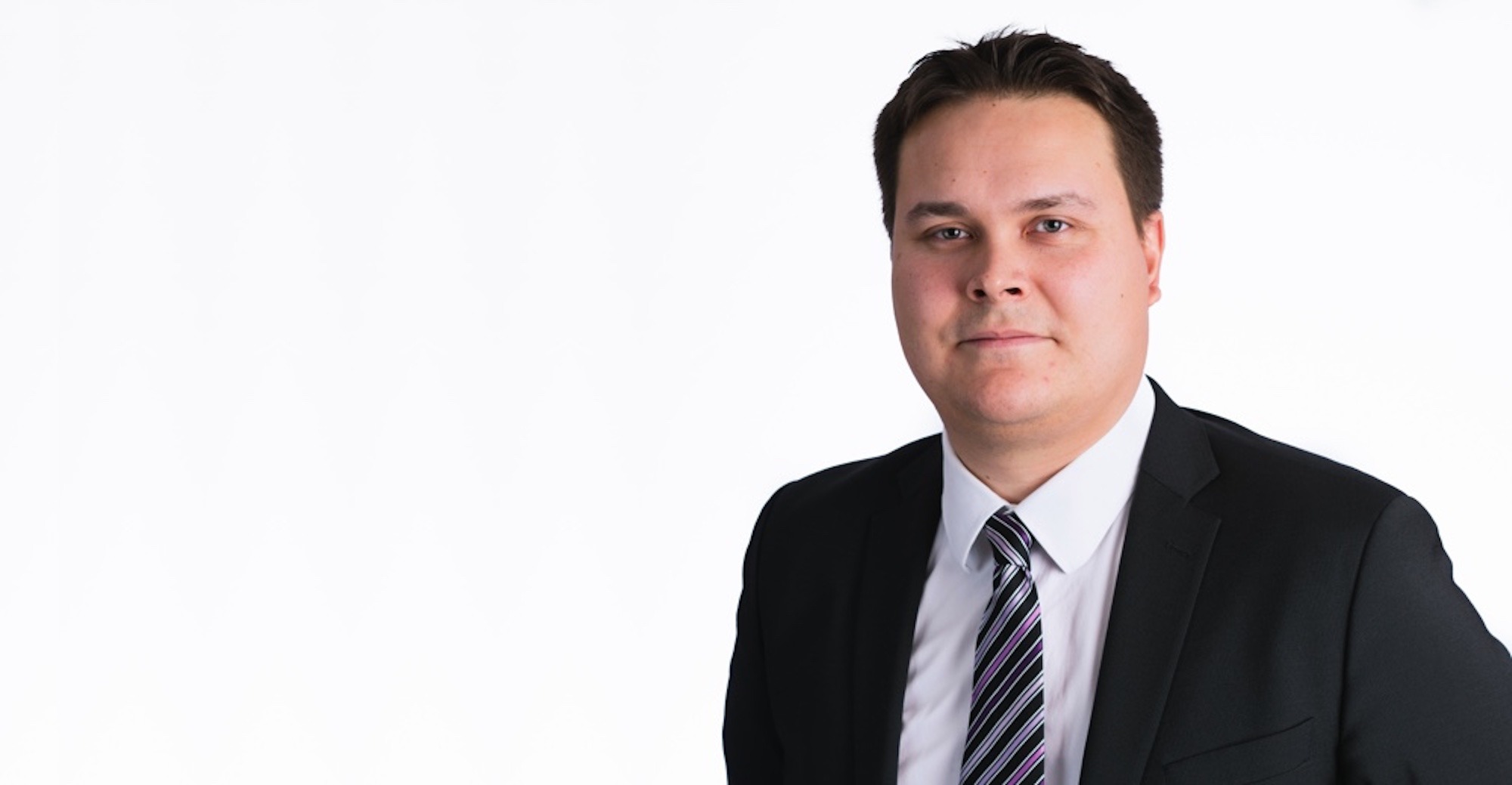By Hamlin Lovell, NordicInvestor
This article forms part of our upcoming report on alternative fixed income in the Nordics
NordicInvestor interviewed Toni Iivonen, Chief Investment Officer of Elite Alfred Berg (EAB), which manages around EUR 4 billion in equities, fixed income, infrastructure and real estate.
Of EUR 4 billion AUM, EAB allocates between 5% and 10% to alternative and private credit. “The attractions are yield pickup; risk mitigation through structuring and asset backing; and other diversification benefits from decorrelation,” says Iivonen.
Recently, EAB has been adding to high yield, emerging market debt, asset-based lending and direct lending. Asset backed securities and insurance linked securities are steady allocations. There is no infrastructure debt, partly because yields are relatively low: target returns are lowest for infrastructure debt at 1.5%-3%.
Single digit target returns
EAB is relatively conservative in targeting single digit returns across all of its credit sub-asset classes. The target is 3-4% for listed corporate high yield or emerging market debt and 4-6% for consumer ABS or ILS including catastrophe bonds.
In the private debt space, target returns are slightly higher. They range from 3-7% for asset-based lending; 4-7% for direct lending; 4-8% for specialty finance; 5-8% for trade finance and insured trade finance and 6-8% for life settlements.
These represent yield pickups of between 1-3%, which cover all sorts of risk premia, including illiquidity, complexity, sourcing and structuring.
In relative terms, yield pickup can be measured in different ways: “sometimes it is useful to think in terms of yield pickup relative to credit ratings, where CLOs currently offer an attractive level of pickup: as much as 1-2% at the BBB credit rating level. Where assets are not rated, it may be more useful to look at pickup per turn of leverage,” says Iivonen.
Full spectrum of fund liquidity terms
The breakdown of fund liquidity terms is approximately 70% daily, 10-15% monthly, and 10-15% quarterly, with the rest multi-year.
Short term cash has been housed mainly in money market funds, which have seen varying performance in 2022 depending on how much risk they take: “those that aim to enhance yield through taking credit risk have seen very poor returns this year,” observes Iivonen.
Beyond money market funds, some forms of trade finance could also be an option for cash management: “we are actively researching trade finance, though there is no allocation yet,” says Iivonen.
Secondary market liquidity can be better than fund liquidity. EAB has sometimes used secondary markets to sell stakes in private equity, usually at a small discount. No co-investments have been made so far, but they could be considered in future.
Financial market liquidity and recession risks
Top down risks are the key concern in mid 2022.“The major risk factors are macroeconomic risk: central banks are reducing and ending their support and asset purchases. This may lead to a taper tantrum that draws liquidity from the markets,” points out Iivonen.
In 2022, the energy crisis, and drought are also serious challenges, especially in Europe. “The drought has a particular impact in Nordic electricity markets, since Norway generates much of its electricity from hydro power,” observes Iivonen.
“The base case is now a recession with some small uptick in defaults,” he expects.
ESG harmonization still sought
The drought, and record hot summer in Europe, are symptoms of global warming. A wide range of ESG metrics are monitored, which correspond closely with the EU SFDR Principal Adverse Impact (PAI) indicators. “They include energy consumption, carbon, water, waste, UN Global Compact, and controversial weapons,” says Iivonen.
He repeated his previous calls for better data quality and harmonization: “we would like to see better reporting, especially for alternative credit. We are seeing some improvement but harmonization remains a concern. Some firms report carbon emissions by end use and others do it by enterprise value. We cannot easily compare the two”.
All 3 SFDR categories invested in
The SFDR article split is approximately 50% article 6, 30% article 8 and 10% article 9. “So far there are only a handful of article 9 products, including Blue Orchard’s emerging market specialty lending microfinance product,” notes Iivonen.
There is clearly increased demand for article 8 and 9 products, especially in the Nordics and the Netherlands, but not every manager is ready to make disclosures under article 8 just yet. “Some asset managers are making disclosures under article 6 for the time being because companies cannot currently provide enough information. Others are just proceeding cautiously while they get comfortable with the rules,” Iivonen sees.
In terms of gauging impact, EAB has not yet highlighted any specific SDGs to target, but may do in future.
Open minded about newer and smaller managers
Sourcing of ideas comes from existing relationships, networks, conferences and some media.
The due diligence process typically takes a month or so, and will include meeting new managers- something that had been difficult during Covid. Of 10-15 meetings per year, two thirds are with existing managers and one third with new managers. The allocation split is similar, with 70% existing managers and 30% new managers.
“The minimum level of assets sought is roughly EUR 50 million, and EAB would not want its investments to make up more than 10-15% of a fund,” says Iivonen. This leaves open the possibility of allocating to specialised, niche and boutique asset managers, as well as medium and large sized ones.
Most funds are UCITS and other onshore domiciles, though there are a few offshore as well. Iivonen has no special opinions on the relative merits of fund domiciles.



